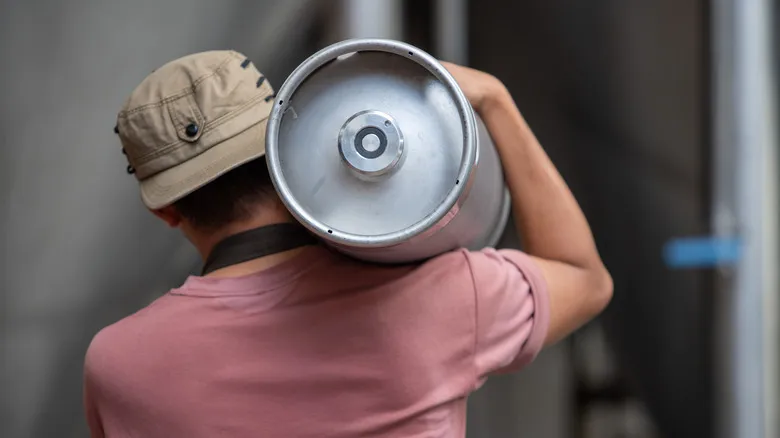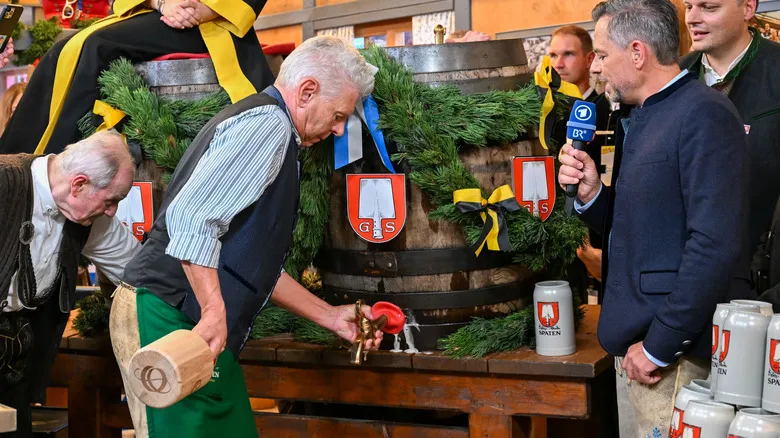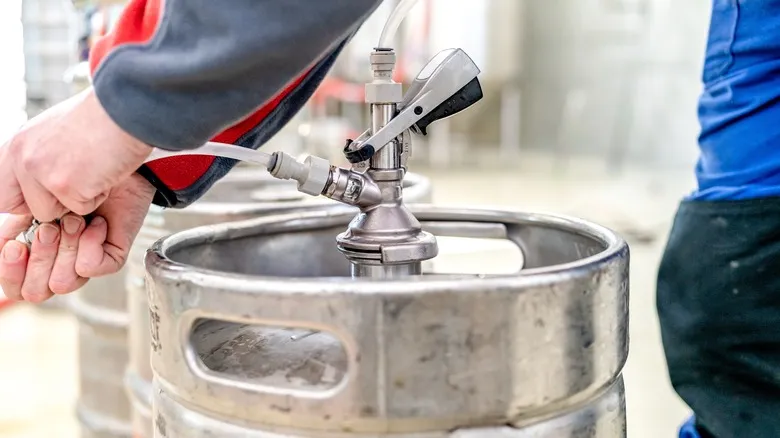How to maximize the life of a keg

Beyond pasteurization, the primary factor influencing a keg's shelf life is the tapping method employed. There are several devices available for this purpose, with the simplest and most cost-effective being a manual pump, often referred to as a party pump. This technique involves pumping air into the keg from the outside, which forces the beer out. However, introducing oxygen is detrimental to beer, as it quickly diminishes its flavor. Additionally, outside air may carry bacteria that can spoil the beer. As a result, a keg tapped with a manual pump typically lasts only a day. Instead, opt for a CO2-based tapping method, such as a jockey box or kegerator. These systems utilize a pressurized CO2 tank to dispense beer while preventing outside air from entering the keg, allowing it to remain fresh for months.
Another crucial aspect to consider for prolonging a keg's lifespan is temperature. Just as canned beer stays fresh longer in the fridge compared to room temperature, a keg should also be kept cool. The optimal storage temperature for a keg is 38 degrees Fahrenheit, though there is some flexibility. Avoid storing the keg at temperatures exceeding 55 degrees Fahrenheit, as warmer conditions can promote bacterial growth in the beer. Conversely, ensure the temperature does not drop below 28 degrees Fahrenheit, as this could cause the beer to freeze. Keep these keg tips in mind to maintain your beloved brew in the best possible condition, and always remember to drink responsibly.
Recommended

The Right Way To Hold A Wine Glass For The Uninitiated

How To Make Mead From Honey

The Beer Tradition That Always Signals The Start Of Oktoberfest

The Perfect Dishes To Pair With Moscato According To An Expert
Next up

